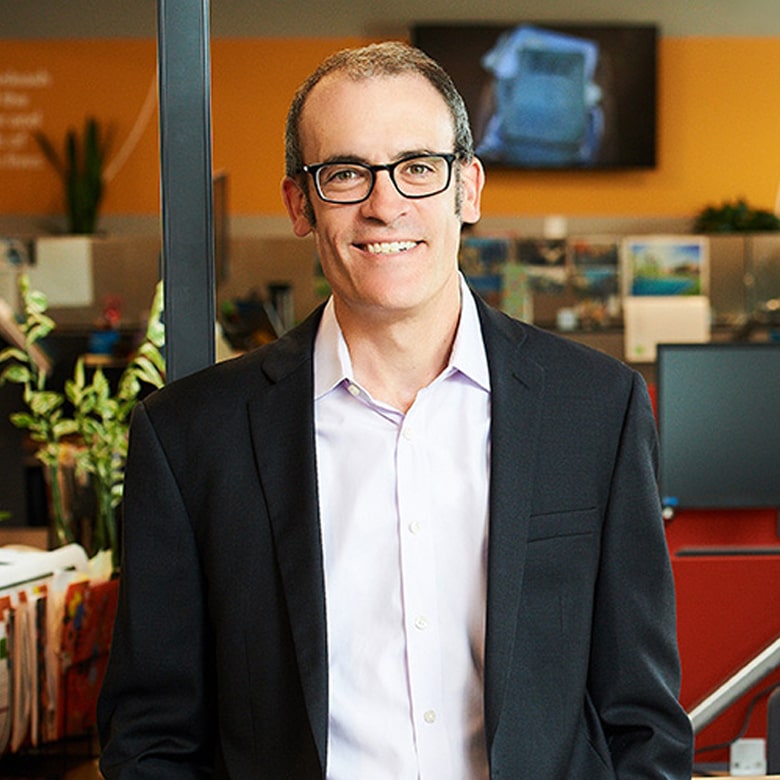The debate began with an open letter from leaders of several ideologically disparate private foundations that made the case for philanthropic pluralism. This was swiftly followed by critiques from the left (most notably Vu Le, under the withering title of Philanthropy’s equivalent of “All Lives Matter”) and the political right. Daniel Stid then published an excellent synthesis pushing back on both critiques and arguing for the virtues of the original authors, summing up the debate by saying, “I’ll stick with the optimistic outlook, spirit of partnership, and belief in the redeemability of democracy in America embodied in the call for philanthropic pluralism.” All these pieces are worth a read for those toiling in the trenches of philanthropy; the arguments center on philanthropy in the United States (without explicitly saying so) but are generally applicable to charitable giving globally.
One small but important aspect of the debate that has gone unaddressed thus far, however, is the conflation of “philanthropy” with professionalized grant making, particularly the work of private foundations with full-time expert staff. The arguments and critiques leveled by both proponents and detractors of philanthropic pluralism implicitly assume that what we’re talking about and need to care about is the money that flows from private foundations. This is a mistakenly narrow view of philanthropy and unhelpfully limits our collective field of vision.
For good or ill, giving by private foundations in the United States (data are poor or non-existent in most other geographies, though it’s safe to assume these trends hold similarly elsewhere) remains a minor (though still important) share of overall charitable giving. The dollars given by “everyday” donors, despite slowly declining over the years, still comprises the vast majority of charitable giving. Furthermore, not all giving is captured in grants or easy-to-track financial transactions; Giving Tuesday’s 2022 review of mutual aid networks and informal giving in countries around the world makes a compelling case for taking a wider view of what we ordinarily think of as “philanthropy.” As they rightly point out, “If we continue to look at ‘giving’ as being defined as monetary transactions between donors, institutional foundations and 501c3s, we’re looking at only a small piece of the full picture.” Amen.
So, while there’s virtue in debating the philosophical merits of philanthropic pluralism, an equally interesting question worth interrogating is what true philanthropic pluralism should look like when we broaden our analytical lens and de-center “professional grant making.” Private foundations have an important role to play in any philanthropic ecosystem, but they are not the only actors, and in many cases may not be the most important actors. There’s a charitable donation made every second, literally, on platforms like GoFundMe; this giving exists far outside the professionalized world of program officers and grant reports and nonprofit strategies but totals tens of billions of dollars. That messy, cacophonous, “from the heart” giving is also almost always unrestricted and “trust-based” without ever calling itself as such. Maybe that’s the real source of philanthropic pluralism we’re after rather than continuing to reify the giving emanating from a few hundred private foundations.


